List of countries currently ruled by communism in the world
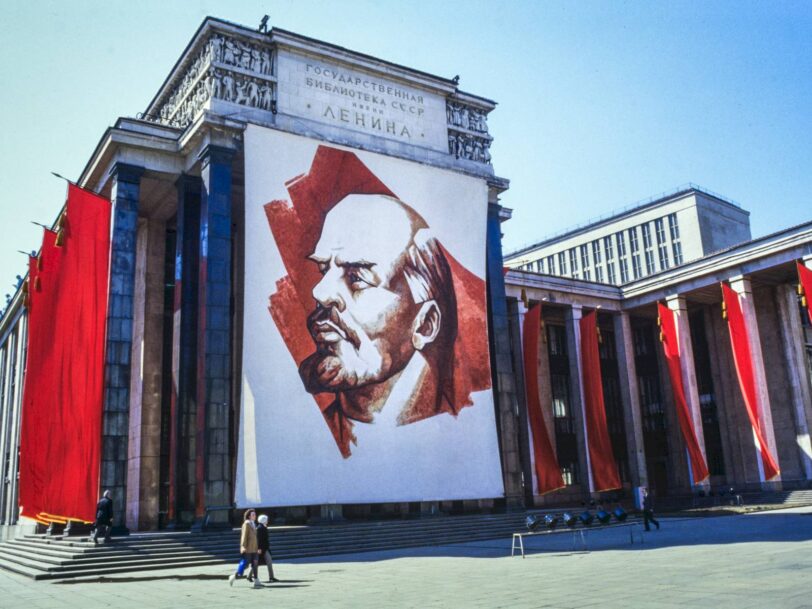
During the Soviet Union period (1922–1991), there were many communist countries in Eastern Europe, Asia, and Africa. Some of these countries were (and still are) global players in their own right, such as the People’s Republic of China. Other communist countries such as East Germany were actually satellites of the USSR, which played an important role during the Cold War but no longer exists.
Communism is both a political and an economic system. In politics, communist parties have absolute power over the administration and elections are one-party matters. In economics, the party controls the country’s economic system and private property is illegal, but this aspect of communist rule has changed in some countries like China.
In contrast, socialist nations are generally democratic with multiparty political systems. A socialist party need not be in power to be part of a nation’s domestic agenda, such as a strong social safety network and state ownership of essential industries and infrastructure. Unlike communism, private property is encouraged in most socialist countries.
The basic principles of communism were expressed in the mid-1800s by Karl Marx and Friedrich Engels, two German philosophers of economics and politics. But it was not until the Russian Revolution of 1917 that a communist nation – the Soviet Union – was born. In the mid-20th century, it became clear that communism could replace democracy as the dominant political and economic ideology. Yet there are only five communist countries left in the world today.
1. CHINA (PEOPLE’S REPUBLIC OF CHINA)
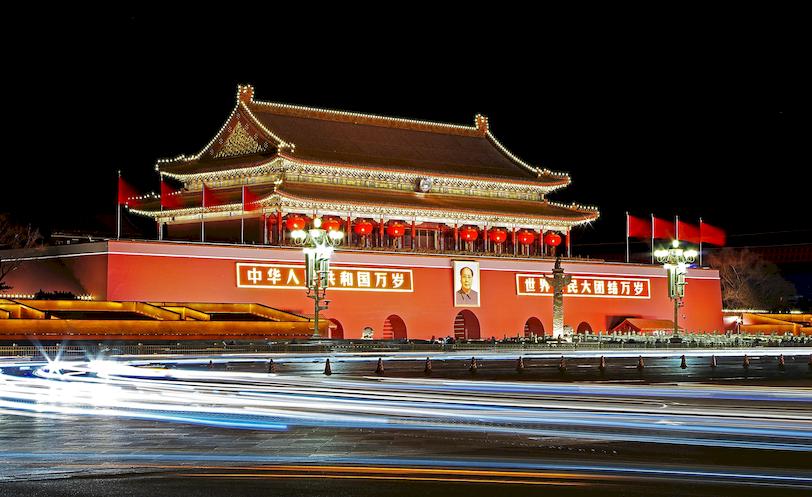
Mao Zedong took control of China in 1949 and declared the nation as the People’s Republic of China, a communist country. China has remained consistently communist since then, and the country has been referred to as “Red China” due to Communist Party control.
China also has political parties other than the Chinese Communist Party (CCP), and open elections are held locally throughout the country. However, the CCP has control over all political appointees, and there is typically little opposition to the ruling Communist Party.
As China has opened up to the rest of the world in recent years, emerging wealth inequalities have eroded some of the tenets of communism. In 2004, the country’s constitution was amended to recognize private property.
2. CUBA (REPUBLIC OF CUBA)
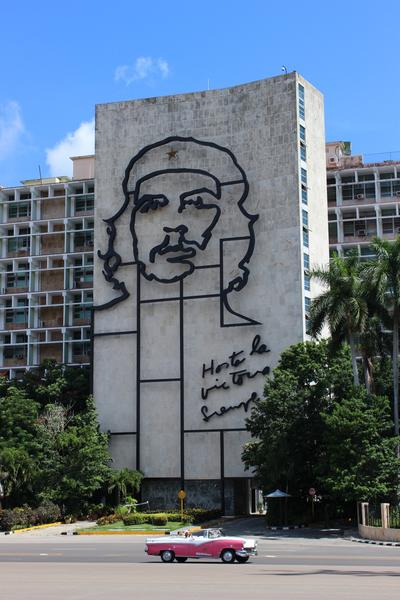
A revolution in 1953 led to the takeover of the Cuban government by Fidel Castro and his associates. In 1965 Cuba became a fully communist country and developed close ties with the Soviet Union. At the same time, the United States banned all trade with Cuba. Therefore, when the Soviet Union collapsed in 1991, Cuba had to find new sources of trade and financial subsidies. They’ve done this with China, Bolivia, and Venezuela.
In 2008 Fidel Castro resigned and his brother Raul Castro became president; Fidel died in 2016. During the second term of US President Barack Obama, relations between the two countries were loosened and travel restrictions were relaxed. But in June 2017, US President Donald Trump reversed it and tightened travel restrictions in Cuba.
3. LAOS (LAO PEOPLE’S DEMOCRATIC REPUBLIC)
Laos – officially the Lao People’s Democratic Republic – became a communist country in 1975 after a revolution supported by Vietnam and the Soviet Union. The country was previously a monarchy.
The government of Laos is led by military generals who support a one-party system based largely on Marxist ideals. But in 1988 the country began allowing some forms of private ownership and joined the World Trade Organization in 2013.
4. NORTH KOREA (DPRK, PEOPLE’S DEMOCRATIC REPUBLIC OF KOREA)
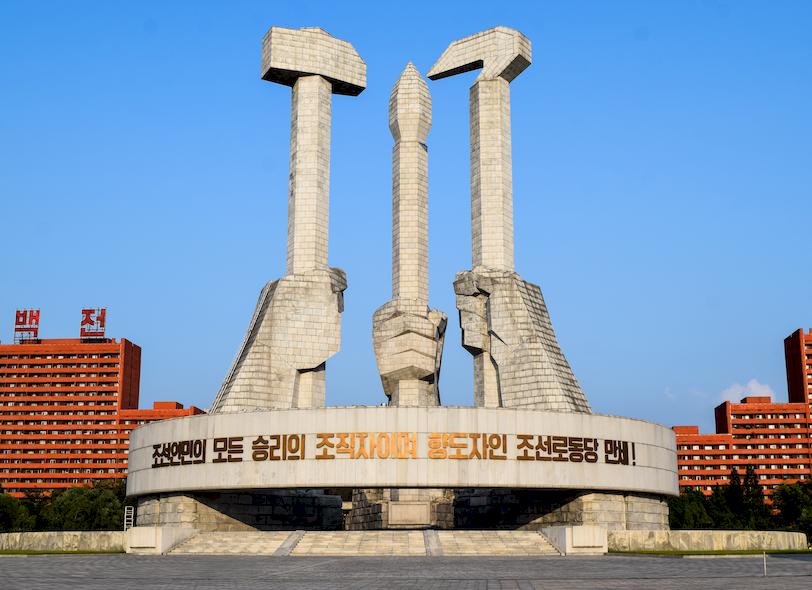
Korea was occupied by Japan during World War II, and after the war, it was divided into a Russian-controlled north and an American-occupied south. At the time, no one thought that the split would be permanent, but the split continued.
North Korea did not become a communist country until 1945, when South Korea declared its independence from the North and quickly declared its own sovereignty in return. Korean communist leader Kim Il-Sung, backed by Russia, took over as leader of the new nation.
The North Korean government does not consider itself a communist, even if most world governments think so. Instead, the Kim family supported their own brand of communism based on the concept of juche (self-confidence). First introduced in the mid-1950s, juche promotes Korean nationalism embodied under the leadership of the Kims. Juche became official state policy in the 1970s and continued under Kim Jong-il, who succeeded his father in 1994, and Kim Jong-un, who came to power in 2011.
In 2009, the country’s constitution was amended, mentioning all the Marxist and Leninist ideas that were the basis of communism, and the word “communism” was also removed.
5. VIETNAM (SOCIALIST REPUBLIC OF VIETNAM)

Vietnam was divided at a conference in 1954 following the First Indochina War. While the partition was expected to be temporary, North Vietnam became communist and was supported by the Soviet Union, while South Vietnam became democratic and supported by the United States.
After two decades of war, the two parts of Vietnam were united and in 1976 Vietnam became communist as a unified country. Like other communist countries, Vietnam has moved towards a market economy in recent decades which has seen some of its socialist ideals replace capitalism.
The United States normalized its relations with Vietnam in 1995, under the then-president Bill Clinton.
6. COUNTRIES WITH COMMUNIST PARTIES IN POWER
Many countries with more than one political party have leaders affiliated with their nation’s communist party. However, these states are not considered truly communist due to the presence of other political parties and the Communist Party is not specifically authorized by the constitution. Nepal, Guyana and Moldova have had ruling communist parties in recent years.
7. SOCIALIST COUNTRIES
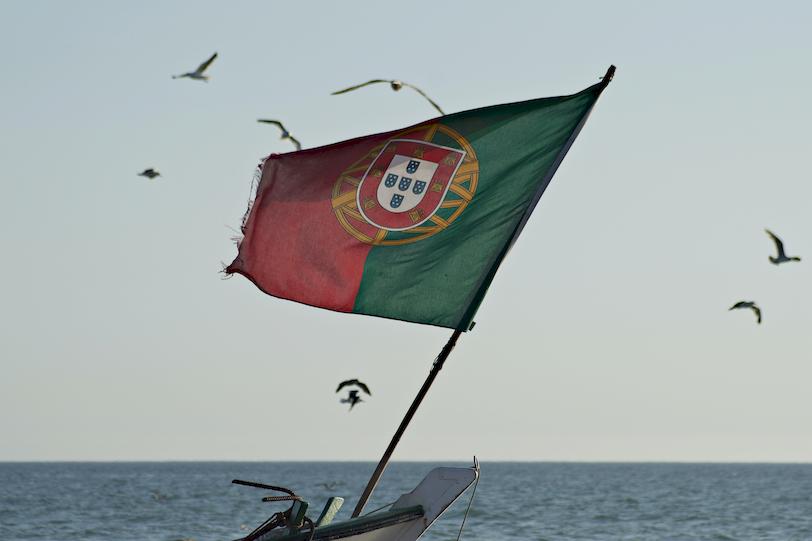
While there are only five truly communist countries in the world, socialist countries (countries that contain statements about working class protection and rule in their constitutions) are relatively common. Examples include Portugal, Sri Lanka, India, Guinea-Bissau, and Tanzania. Many of these countries, like India, have multiparty political systems, and some, like Portugal, are liberalizing their economies.